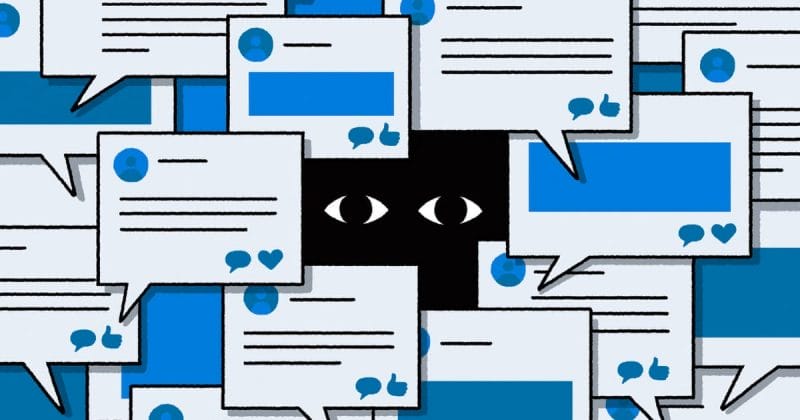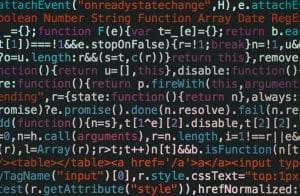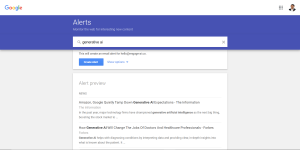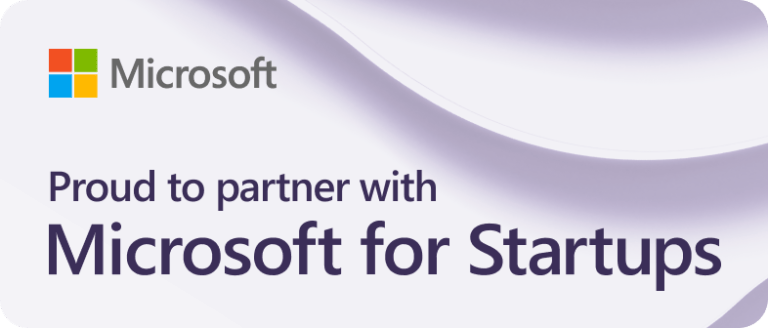Picture this.
You’re rocking LinkedIn, posting top-notch content, engaging with your connections, and suddenly…crickets.
Your posts go unnoticed, engagement drops, and it feels like you’re shouting into the void.
That’s the shadowban effect—a sneaky move by LinkedIn to shush your content without you even knowing.
What is a LinkedIn Shadowban?
Shadowbanning refers to a social media platform silently reducing your content’s visibility.
From your end, everything seems normal, but your posts might be hidden from others.
While this phenomenon is more commonly discussed on platforms like Instagram, it does occur on LinkedIn, albeit less frequently.
For instance, have you come across profiles boasting thousands of followers yet receiving only a handful of likes on their posts?
Chances are, they’ve fallen victim to shadowbanning, often without realising it.
For those leveraging LinkedIn for business, this can be exasperating.
Understanding the Impact of a LinkedIn Shadowban
In the bustling digital landscape of professional networking, the repercussion of a LinkedIn shadowban extends beyond mere inconvenience.
The frustrating silence that follows diminished engagement can significantly dent one’s professional pursuits.
Imagine meticulously crafting content to foster connections, only to find it quietly obscured from the view of those it was intended for.
This subtle restriction not only undermines visibility but also hampers networking efforts and hinders the amplification of one’s professional voice.
The impact of a shadowban on businesses relying on LinkedIn as a pivotal marketing tool are clear.
The ramifications go beyond mere statistics; it affects brand credibility, inhibits growth opportunities, and erodes the trust painstakingly built within the LinkedIn community.
How Do I Know if I’ve Been Shadowbanned?
Detecting a shadowban can be tricky because it operates silently, unlike a complete ban that restricts access to an account. Here are some indicators to watch out for:
- Decreased engagement: Noticeably fewer likes, comments, or shares on your recent posts compared to what is typical for you
- Reduced profile views: Despite maintaining regular engagement, a significant drop in views on your profile.
- Absence in searches: Your posts fail to appear when searching the specific keywords or hashtags you’ve used.
- Disappearance from connections’ feeds: Your connections no longer see your posts in their LinkedIn feed.
The most reliable method to confirm whether you’ve been shadowbanned is by checking if your content surfaces in LinkedIn searches.
Look up the hashtags you’ve recently used and browse through the results to verify the visibility of your posts.
If you consistently notice your posts missing across multiple hashtags, keywords, or different posts, it strongly suggests that you might be shadowbanned.
Why Was I Shadowbanned? Was It Automation?
Shadowbans on LinkedIn stem from a spectrum of actions that deviate from the platform’s community standards. Understanding these actions is crucial in avoiding inadvertent restriction:
- Sending Mass Connection Requests: Sending a large volume of connection requests to individuals outside your network without any prior interaction or shared connections.
- Posting Discriminatory or Offensive Content: LinkedIn is a professional platform emphasising respect and inclusivity. Any content that promotes discrimination, harassment, or contains offensive material violates the platform’s guidelines.
- Misinformation Spreading: Sharing inaccurate or misleading information, whether intentional or unintentional, goes against LinkedIn’s aims to foster reliable professional discourse and content accuracy.
- Overuse of Hashtags: While hashtags can enhance content visibility, excessive use within a post can signal spam-like behaviour. Using an excessive number of hashtags might trigger algorithms that penalise content visibility.
- Excessive Posting and Commenting: Flooding feeds with numerous posts or comments within a short span might be perceived as spamming behaviour. This can result in reduced content visibility to prevent overwhelming other users’ experiences.
- Automation Tools Utilisation: LinkedIn values genuine human interaction. Employing obvious automation tools for posting, messaging, or engagement contradicts this principle.
- Tagging Users Against Their Preferences: Tagging individuals who prefer not to be tagged in posts can lead to annoyance and disrupt their LinkedIn experience. Consistent disregard for users’ preferences may result in content restrictions.
Understanding these actions and their implications is pivotal in avoiding a shadowban.
Adhering to LinkedIn’s community guidelines and fostering genuine, respectful interactions can help maintain visibility and ensure a positive networking experience on the platform.
How to Avoid Being Shadowbanned
- Selective and Thoughtful Connection Requests: Instead of mass-sending requests, focus on quality over quantity. Engage with individuals relevant to your professional sphere or with whom you share mutual connections.
- Upholding Professionalism in Content: LinkedIn thrives on professional discourse. Ensure your posts, comments, and shares reflect your expertise and uphold the platform’s professional standards.
- Source Verification and Information Accuracy: In an era of information abundance, fact-checking before sharing is imperative. Verify the credibility of sources and ensure the accuracy of information before sharing it.
- Thoughtful Tagging Practices: Tagging individuals in posts should be done thoughtfully. Ensure that those tagged would find the content relevant and beneficial. Tagging indiscriminately might lead to annoyance and could be seen as spam.
- Moderate Use of Hashtags: While hashtags amplify content reach, moderation is key. Limiting the number to around three strategic and pertinent hashtags per post ensures they will contribute to improved discoverability.
- Balancing Automation and Personal Engagement: While automation can streamline activities, maintaining a human touch is essential. Strike a balance between utilising automation tools for efficiency and personally engaging with your network.
By integrating these strategies into your LinkedIn interactions, you not only align with the platform’s guidelines but also contribute positively to the professional community.
Emphasising authenticity, professionalism, and meaningful engagement forms the cornerstone of a vibrant and constructive LinkedIn presence.
Undoing a Shadowban
- Adjust your behaviour on LinkedIn by adhering to the suggested practices above.
- Contact LinkedIn support to explain the issue and seek assistance.
- Remove content that might have triggered the shadowban.
Additionally, consider taking a break from LinkedIn. This decreased activity can often help the ban be lifted.
If you’re unable to do so, continue to engage genuinely with users.
Shadowbans usually fade over time if you steer clear of more violations.
Remember, there’s no instant fix for a shadowban.
Patience is key—avoid spamming, harassment, and maintain a human touch.
Following these steps will keep you safe from shadowbans in the future.








